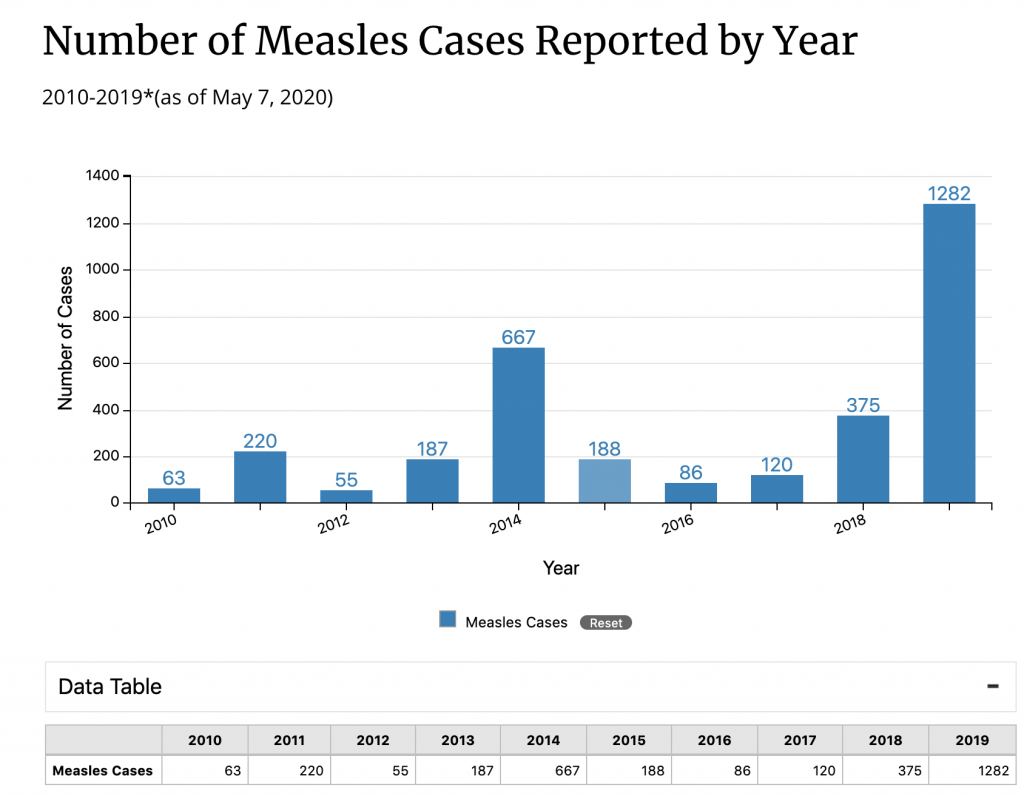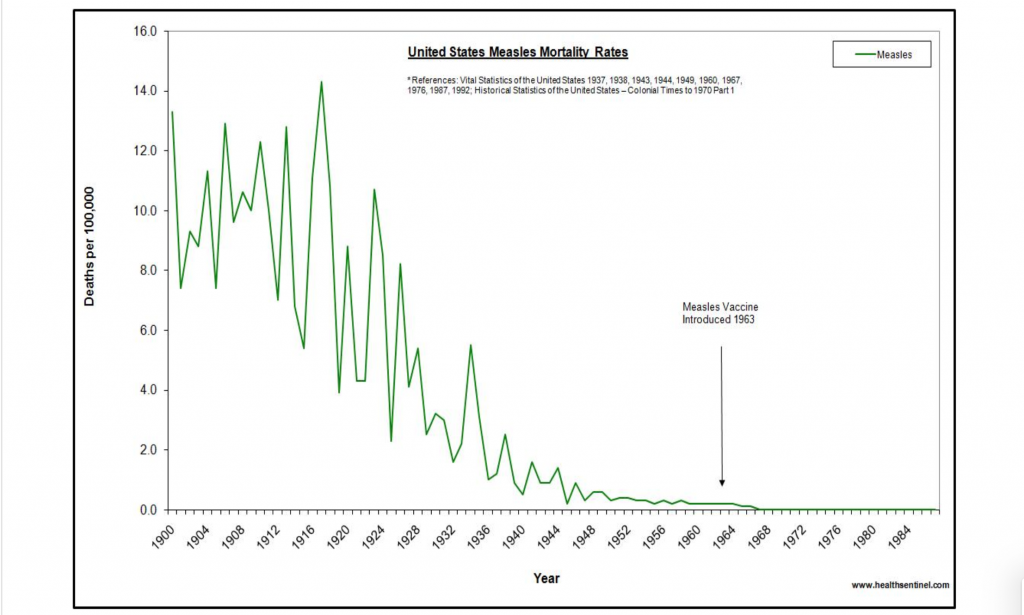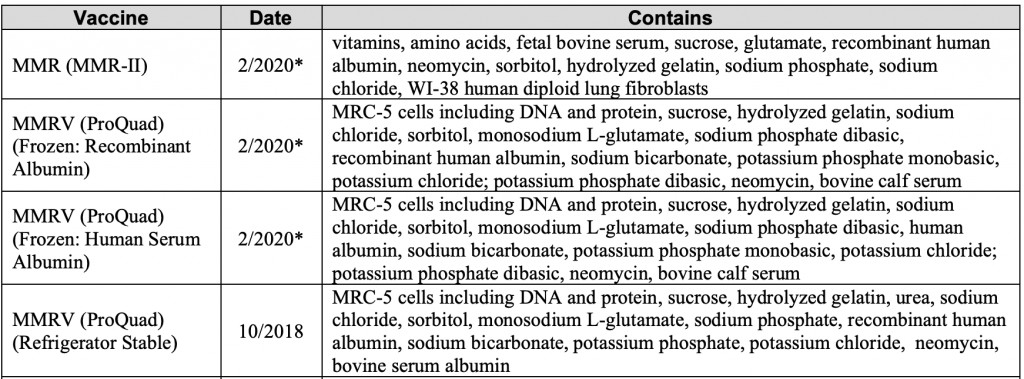Now we are going to cover the MMR vaccine starting with Measles. When is this recommended? It is given at 12-15 months and 4-6 years. (Unless you are traveling out of the country it can be given as young as 6 months.) (cdcschedule)
What is measles? Measles was once very common in the US. “Measles signs and symptoms appear around 10 to 14 days after exposure to the virus. Signs and symptoms of measles typically include: Fever, Dry cough, Runny nose, sore throat, inflamed eyes, Koplik’s spots, shin rash.” (Mayoclinicmeasles)
How common is measles today in the US? “As of August 19, 2020, there have been 12 confirmed cases in 7 jurisdictions.” (measlescdc). As you can see from the chart below the cases of measles vary in the US each year.
So it appears your chances each year of getting it would vary from 2012 with 55 cases total to 2019 with 1282 cases total. In 2005 US population was 295,500,000 people and in 2019 there were 328,200,000 people. Your risk of measles in 2005 would have been 1 in 5,372,727. In 2019 your risk would have been 1 in 256,006.
“Comparative data provided by the U.S. Centers for Disease Control and Prevention (CDC) and the Vaccine Adverse Event Reporting System (VAERS) reveal that nobody has died from measles in more than 10 years, while at least 108 deaths reported in VAERS during the same time frame have been linked to measles vaccines.” (globalresearch)

This is also interesting to note when the measles vaccine came out look at how few deaths from measles there were.

So now that you know the risk is pretty low. What are the risks from the MMR Vaccine. Let’s take a look at the vaccine insert.
“Measles inclusion body encephalitis {4} (MIBE), pneumonitis {5} and death
as a direct consequence of disseminated measles vaccine virus infection have been reported in immunocompromised individuals inadvertently vaccinated with measles-containing vaccine.” (MMRinsert) So obviously immunocompromised people should not get this vaccine.
“There is a risk of fever and associated febrile seizure in the first 2 weeks following immunization with M-M-R II vaccine….Transient thrombocytopenia has been reported within 4-6 weeks following vaccination with measles, mumps and rubella vaccine.” (MMRinsert)
Here are some of the adverse effects reported after the vaccine:
- Atypical measles
- Fever
- Syncope, malaise
- Headache, irritability
- dizziness
Other side effects include:
- regional lymphadenopathy
- vomiting
- regional lymphadenopathy
- bronchial spasm
- otitis media
“Encephalitis; encephalopathy; measles inclusion body encephalitis (MIBE) subacute sclerosing panencephalitis (SSPE); Guillain-Barré Syndrome (GBS); acute disseminated encephalomyelitis (ADEM); transverse myelitis; febrile convulsions; afebrile convulsions or seizures; ataxia; polyneuritis; polyneuropathy; ocular palsies; paresthesia.” (MMRinsert)
Yikes ok well that shows that there is a risk you child could get measles, encephalitis, GBS (paralysis) and febrile convulsions. I mean these things sound pretty bad for side effects, is this worth it?
A big concern about this vaccine is that it is made with aborted fetal tissue!, “propagated in WI-38 human diploid lung fibroblasts.” This is also a live vaccine. “M-M-R II vaccine has not been evaluated for carcinogenic or mutagenic potential or impairment of fertility.” (MMRinsert)
What else is in this vaccine?

I hope this gives you a little more incite about the Measles part of the MMR. Next up is Mumps!